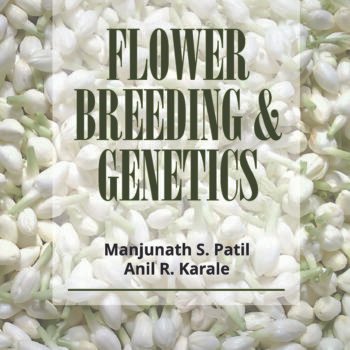| Fruit Breeding is a complex discipline that requires significant time, space, and specific qualities. The propagation of seeds can result in heterogeneity, while the asexual propagation of elite clones can lead to the development of new and unique varieties. Fruit breeding can be challenging due to the differences in temperature and light requirements among temperate, sub-tropical, and tropical fruits. Additionally, parthenocarpic and apomictic fruit trees require special breeding methods for improvement. Unlike other horticultural crops such as vegetables, spices, plantation crops, and tubers, fruits have unique characteristics related to aroma, taste, and flavor. The book under review explores the history of fruit breeding, biodiversity, challenges, and prospects, as well as various breeding techniques such as apomixis, mutation breeding, the role of insects in fruit production, molecular markers, statistical techniques, rootstock breeding, and the breeding of specific fruit varieties such as mango, citrus, banana, papaya, guava, sapota, jackfruit, sugarapple/sweetsop (Indian jujube), and jamun. The 20 chapters in the book, authored by 15 scientists from six Research Institutes and Universities, provide readers with a comprehensive understanding of fruit breeding, an area that is not often explored by breeders. |
| author | M.R.Dinesh |
|---|---|
| publisher | nipa |
| language | English |
| pages | 366 |
















